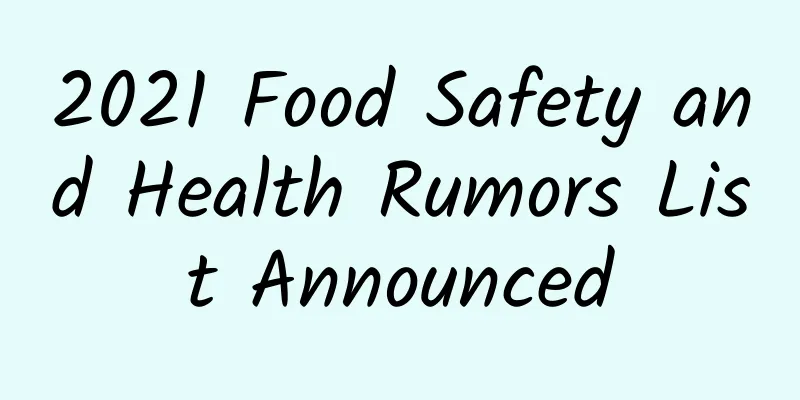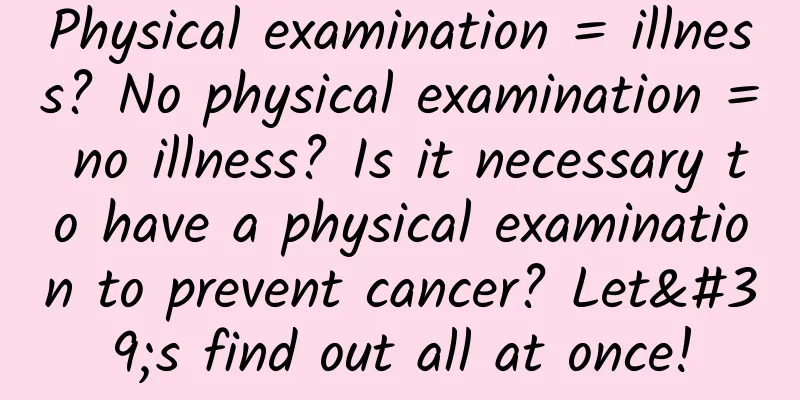Causes of postpartum breast pain and lumps

|
If mothers experience breast swelling and pain with lumps after childbirth, it is mainly because you have not emptied the milk in your breasts. When you are breastfeeding, you can try to let your baby suck completely. You can squeeze out the unsucked milk. You can also massage your breasts appropriately to avoid postpartum breast swelling and pain with lumps. I hope you understand. Swelling, pain, and hardness indicate that your milk has not been emptied. The old milk must be emptied so that new milk can be produced. Otherwise, not only will new milk not be produced, but the milk will become less and less, and it will be easy to develop breast sores. It is very painful and many people who have experienced it say it is unbearable. Why don’t you let your child breastfeed? It is better than a breast pump, and it can also help build relationships and greatly reduce the incidence of various gynecological cancers. If you have lumps and pain in your breasts, it may be because your milk ducts are blocked by thick milk. When milk stops flowing in a certain part of the breast and is not eliminated in time, and the nipple is damaged, bacteria will take the opportunity to invade and cause infection, forming mastitis. It can be treated with anti-inflammatory drugs or external application of Chinese medicine, intravenous treatment when necessary, and hot compress treatment every day. It is best to drink more water at ordinary times. This may be caused by milk accumulation, but don't panic: breastfeed on time and make sure all the milk is expressed during each feeding. If you cannot express all the milk, you can use a breast pump or massage it out with your hands to drain as much milk as possible. In order to prevent the milk from becoming too thick and causing curdling to block the milk ducts, breastfeeding mothers should drink more soups and water. When milk accumulation is found, you should try to empty the accumulated milk. You can use a breast pump or massage your breasts with your hands, but do not squeeze or rotate your breasts too hard. The accumulated milk should be gradually pushed out along the direction of the milk duct. When massaging, you can gently lift the nipples with your hands several times. Apply local hot compress before massage for better effect. I believe that after reading this article, breastfeeding mothers should all know the reasons for postpartum breast swelling and pain and lumps. For the situation of swollen and painful breasts with lumps after childbirth, the problem can be eliminated by massaging the breasts according to the methods introduced in the article. I hope you can remember this. |
<<: Can I continue breastfeeding after taking the milk-suppressing injection?
>>: Is it better for pregnant women to eat raw walnuts or cooked walnuts?
Recommend
Does running cause sagging breasts?
Many female friends may think that running causes...
What causes pain in the lower part during sex?
A small number of women feel vaginal pain after h...
Brown color after menstruation
Menstruation is a reflection of a woman's phy...
What happens if the ovulation test does not show a strong positive result? The reasons are very complicated!
Under normal circumstances, women can use ovulati...
Sudden death is targeting young people. Pay attention to these symptoms! What medical tests can help predict it?
In recent years, news about "cardiac arrest&...
Jumio: Survey shows that 66% of consumers abandon shopping due to mobile payment process problems
With the development of mobile e-commerce, 68% of...
What are the effects of hysterectomy on a person?
The uterus, as the main reproductive organ of wom...
The art of balanced diet: how to plan your nutritional intake for three meals a day
Diet is an indispensable part of everyone's d...
Standard weight comparison table for girls
Although most girls dream of having a perfect bod...
What should women eat to replenish blood and qi? Recommend these 8 foods
If women want to stay healthy and avoid diseases,...
What causes hemorrhoids in girls?
If you are embarrassed when talking about hemorrh...
[Medical Q&A] Why are we asked to take off clothes when taking X-rays?
Planner: Chinese Medical Association Reviewer: Ko...
“Health from Food” Series | Four dangerous “healthy foods”, have you fallen for them?
Nowadays, people are pursuing health, whether in ...
Can I go out at night during confinement?
Most women who are in confinement after childbirt...
If you always have cold legs and feet, be careful that your blood vessels are blocked! Here is a method to teach you how to identify blood clots!
In winter, your feet feel like ice cubes. Many pe...









